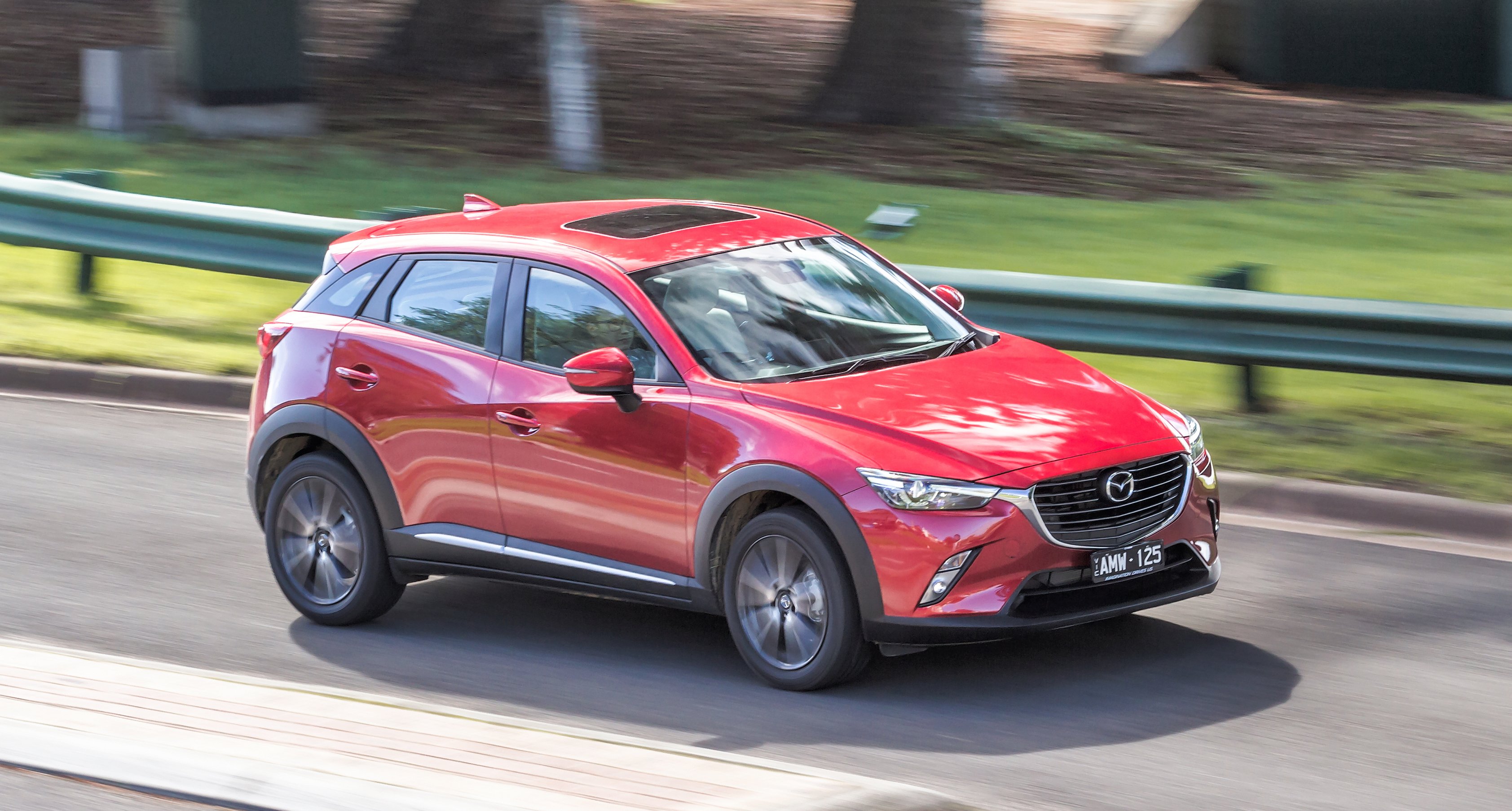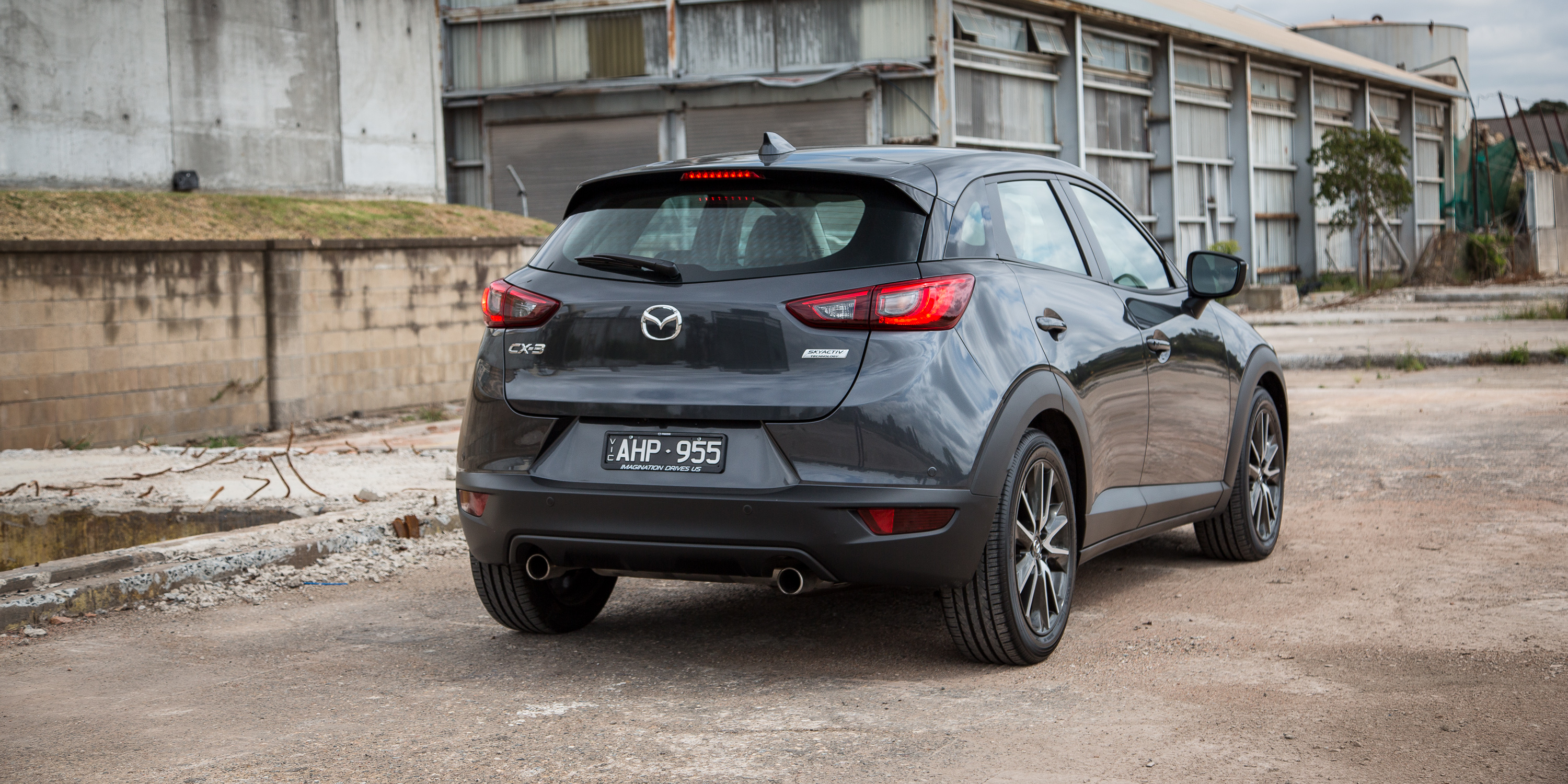Used Mazda 3 review Auto Express
Mazda Motor Corporation known as simply Mazda, is really a Japanese multinational automaker situated in Fuchu, Aki District, Hiroshima Prefecture, Japan.In 2015, Mazda produced 1.5 million vehicles for global sales, virtually all which (nearly a million) were created in the company's Japanese plants, using the remainder originating from a variety of other plants worldwide. In 2015, Mazda was the fifteenth biggest automaker by production worldwide.Mazda began as being the Toyo Cork Kogyo Co., Ltd, founded in Hiroshima, Japan, 30 January 1920. Toyo Cork Kogyo renamed itself to Toyo Kogyo Co., Ltd. in 1927. In the late 1920s the corporation had to be saved from bankruptcy by Hiroshima Saving Bank as well as other business leaders in Hiroshima.In 1931 Toyo Kogyo moved from manufacturing machine tools to vehicles while using introduction with the Mazda-Go autorickshaw. Toyo Kogyo produced weapons for that Japanese military over the Second World War, especially the series 30 through 35 Type 99 rifle. The company formally adopted the Mazda name twenty six years ago, though every automobile sold from the start bore that name. The Mazda R360 has been available since 1960, and then the Mazda Carol in 1962.Mazda Cosmo SportBeginning inside the 1960s, Mazda was inspired with the NSU Ro 80 and made a decision to put an important engineering effort into development with the Wankel rotary engine in order of differentiating itself using their company Japanese auto companies. The company formed a small business relationship with German company NSU and began using the limited-production Cosmo Sport of 1967, and continuing to this particular day using the Pro Mazda Championship, Mazda is just about the sole manufacturer of Wankel-type engines for that automotive market, largely by way of attrition (NSU and Citroën both lost the fight on the design in the 1970s, and prototype Corvette efforts by General Motors never made it to production.This effort to make attention to itself apparently helped, as Mazda rapidly started to export its vehicles. Both piston-powered and rotary-powered models made their way all over the world. The rotary models quickly shot to popularity for their mixture of good power and light-weight weight when comparing piston-engined competitors that required heavier V6 or V8 engines to make the same power. The R100 along with the RX series (RX-2, RX-3, and RX-4) led the business's export efforts.During 1968, Mazda started formal operations in Canada (MazdaCanada) although Mazdas were observed in Canada as soon as 1959. In 1970, Mazda formally entered the American market (Mazda North American Operations) and was very successful there, going as far as to create the Mazda Rotary Pickup (based for the conventional piston-powered B-Series model) solely for North American buyers. To this day, Mazda continues to be the only automaker to own produced a Wankel-powered pickup. Additionally, it is additionally the only marque to get ever offered a rotary-powered bus (the Mazda Parkway, offered only in Japan) or station wagon (inside the RX-3 and RX-4 lines without a doubt markets). After nine many years of development, Mazda finally launched its new model from the U.S. in 1970.Mazda's rotary success continued before onset from the 1973 oil crisis. As American buyers (together with those in other nations) quickly taken on vehicles with better fuel efficiency, the relatively thirsty rotary-powered models did start to fall out of favor. Combined with being the least-efficient automaker in Japan (with regards to productivity), inability to adapt to excess inventory and over-reliance for the U.S. market, the organization suffered a huge decrease in 1975. An already heavily indebted Toyo Kogyo was around the verge of bankruptcy and only agreed to be saved with the intervention of Sumitomo keiretsu group, namely Sumitomo Bank, along with the companies subcontractors and distributors. However, the organization had not totally turned its back on piston engines, because it continued to generate a assortment of four-cylinder models through the entire 1970s. The smaller Familia line particularly became extremely important to Mazda's worldwide sales after 1973, as did the somewhat larger Capella series.Mazda RX-7 (first generation)Mazda refocused its efforts making the rotary engine a choice with the sporting motorist rather than mainstream powerplant. Starting with all the lightweight RX-7 in 1978 and continuing while using modern RX-8, Mazda has continued its dedication to the present unique powerplant. This switch in focus also resulted within the development of another lightweight sports vehicle, the piston-powered Mazda MX-5 Miata (sold since the Eunos and later on Mazda Roadster in Japan), inspired through the concept 'jinba ittai'. Introduced in 1989 to worldwide acclaim, the Roadster has become widely credited with reviving the concept on the small fancy car after its decline within the late 1970s.
Related Images with Used Mazda 3 review Auto Express
New 2017 Mazda Mazda3 Price, Photos, Reviews, Safety Ratings \u0026 Features
2018 Mazda 3 2.5L Manual Hatchback Review Auto Car Update
2017 Mazda CX3 review photos CarAdvice

2017 Mazda CX3 2WD sTouring review photos CarAdvice
